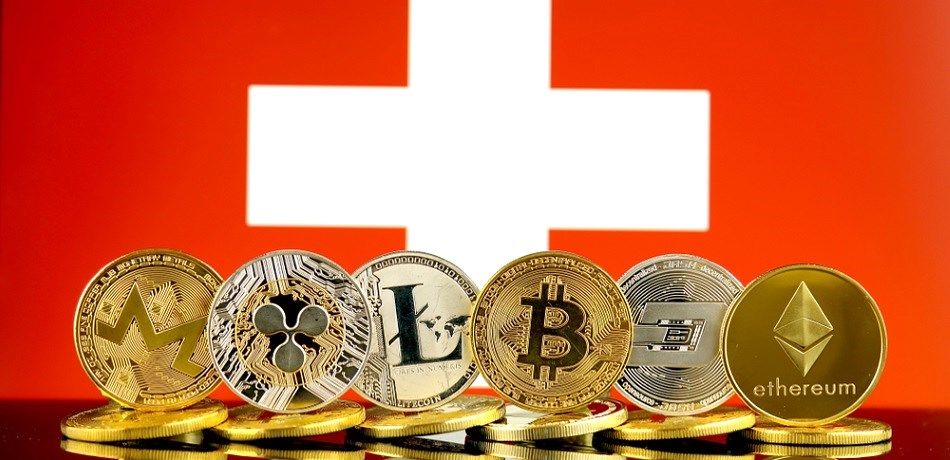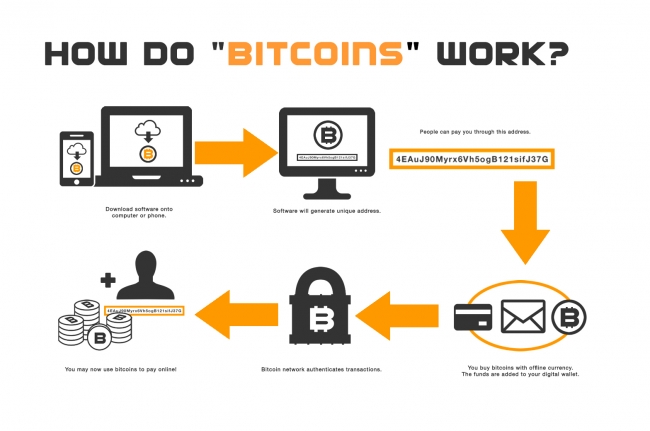The world’s second-most-valuable cryptocurrency is also its most interesting—but in order to understand it, you must first understand its origins.
In the beginning, there was Bitcoin. The cryptocurrency has for many become synonymous with the idea of digital money, rising to a market capitalization of nearly $100 billion. But the second-most-valuable currency, Ether, may be far more interesting than its headline-grabbing older sibling. To understand why it’s so popular, it helps to understand why the software that runs it, called Ethereum, exists in the first place.
On Halloween in 2008, someone or some group of people using the name Satoshi Nakamoto published a white paper describing a system that would rely on a “decentralized” network of computers to facilitate the peer-to-peer exchange of value (bitcoins). Those computers would verify and record every transaction in a shared, encrypted accounting ledger. Nakamoto called this ledger a “blockchain,” because it’s composed of groups of transactions called “blocks,” each one cryptographically linked to the one preceding it.
Bitcoin eventually took off, and soon people latched onto the idea that its blockchain could be used to do other things, from tracking medical data to executing complex financial transactions (see “Why Bitcoin Could Be Much More Than a Currency”). But its design, intended specifically for a currency, limited the range of applications it could support, and Bitcoin aficionados started brainstorming new approaches.
It was from this primordial soup that Ethereum emerged.
Source/More: This Is the Reason Ethereum Exists – MIT Technology Review
















